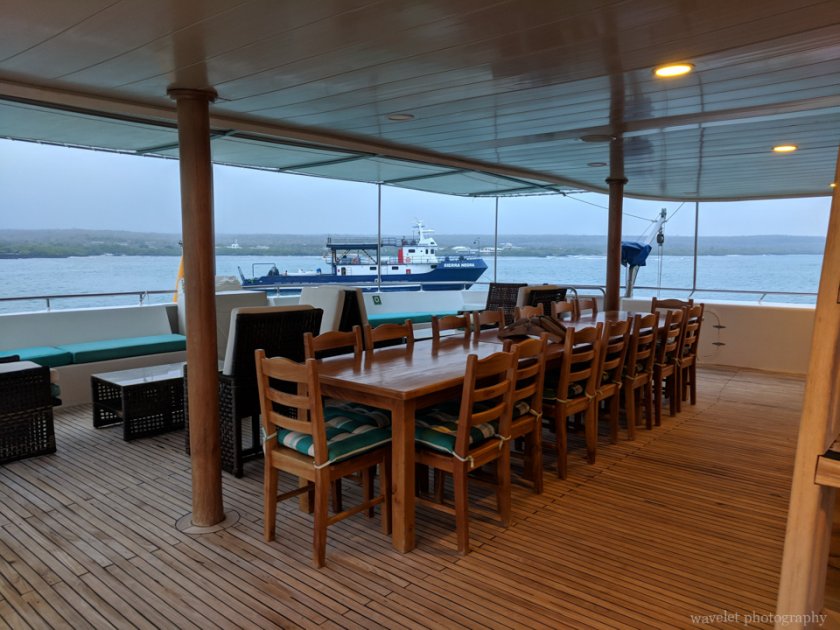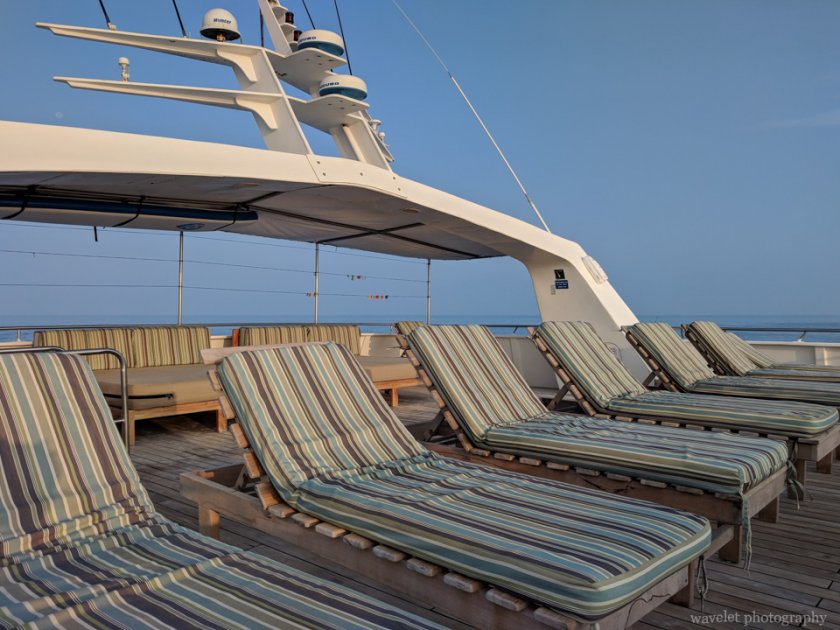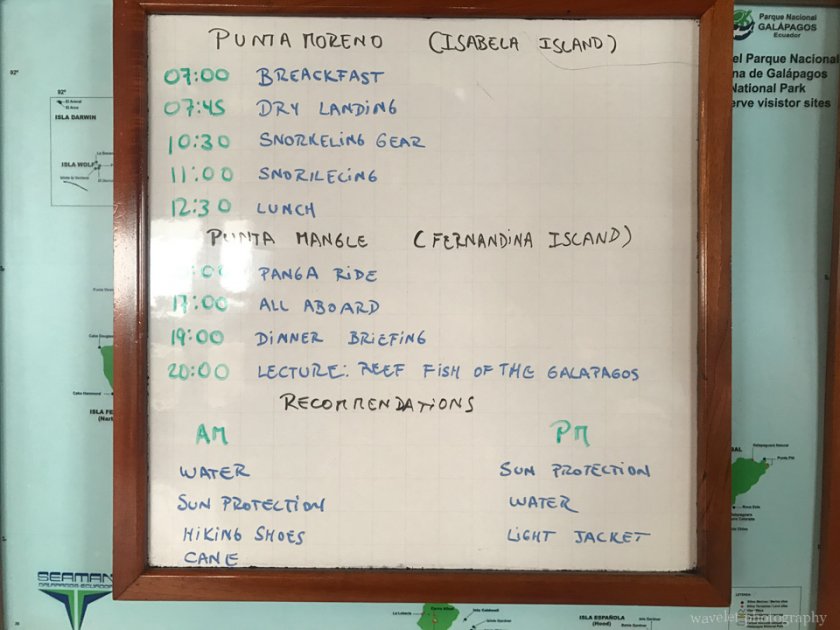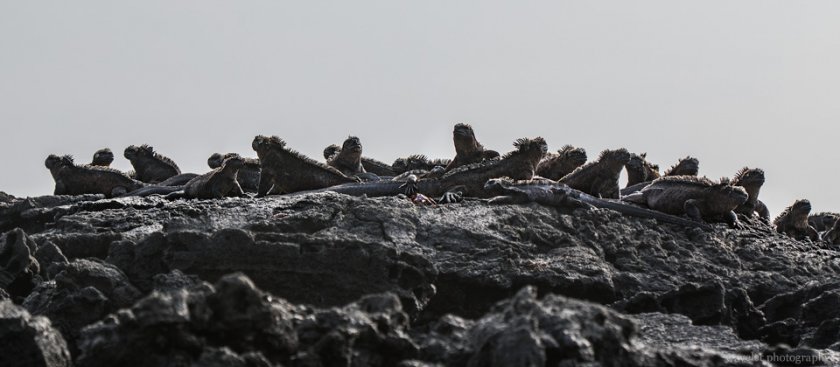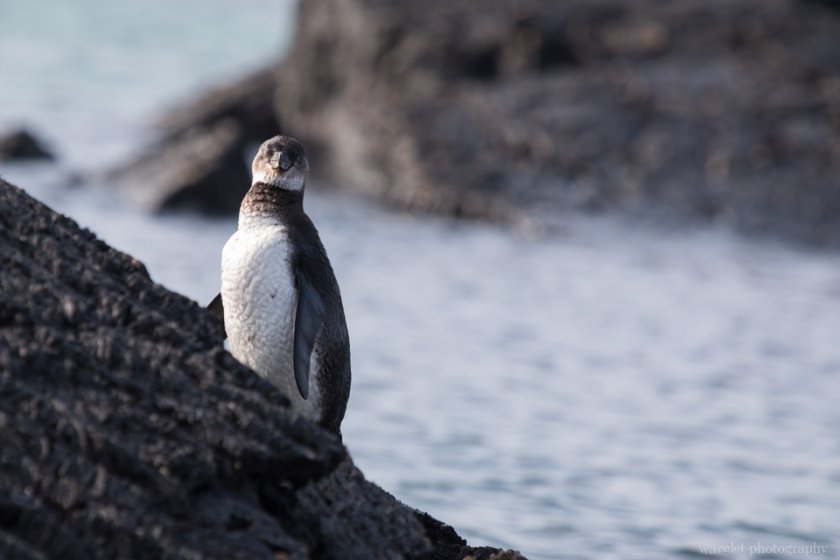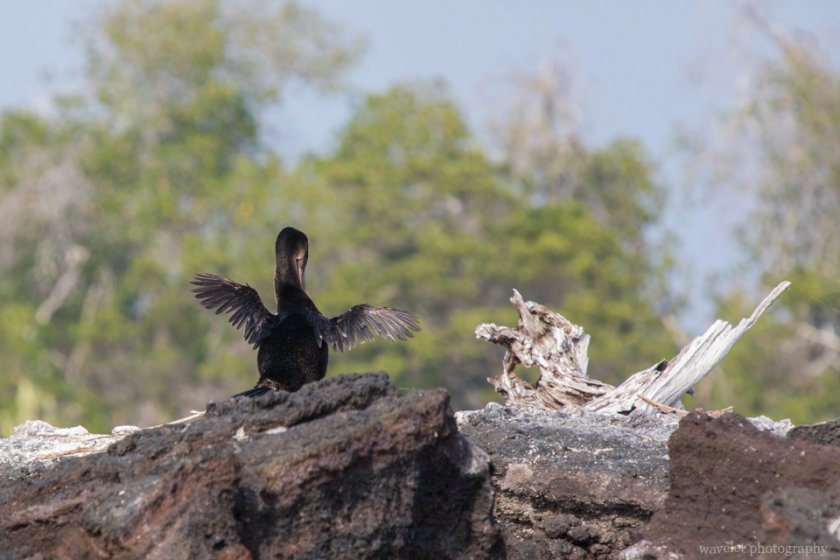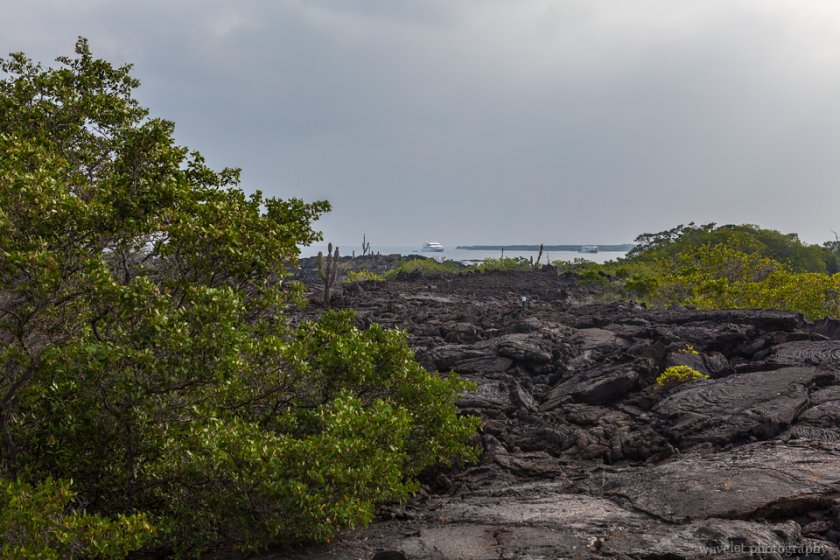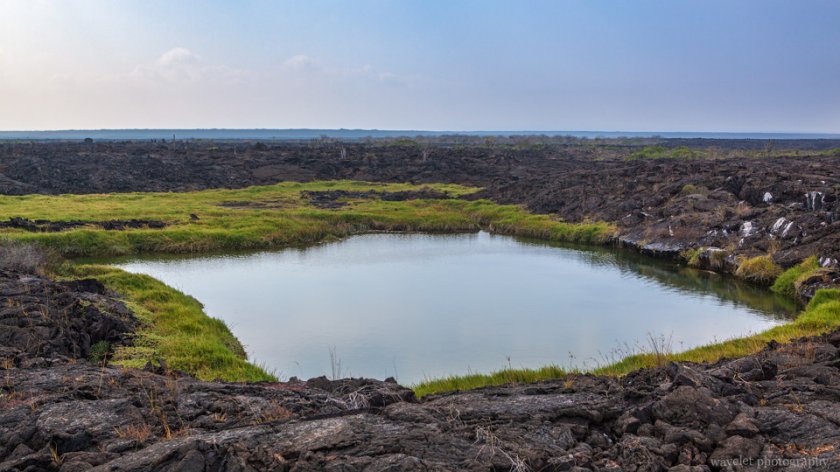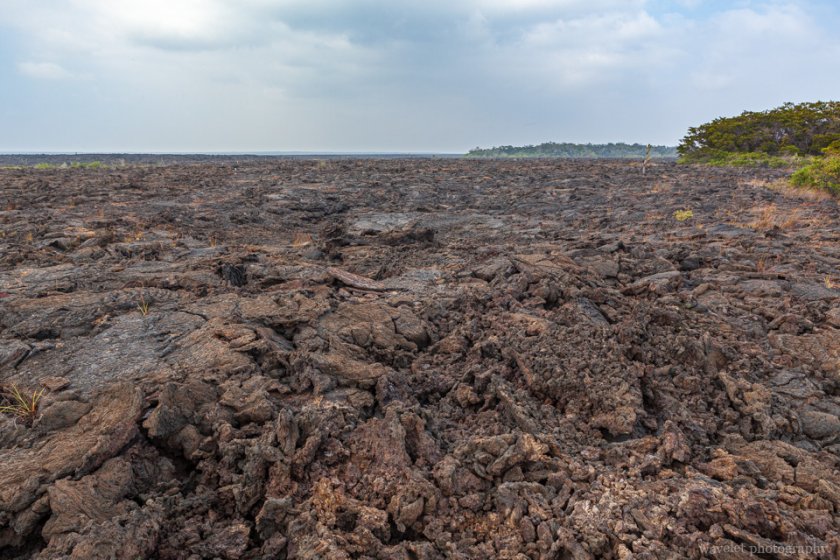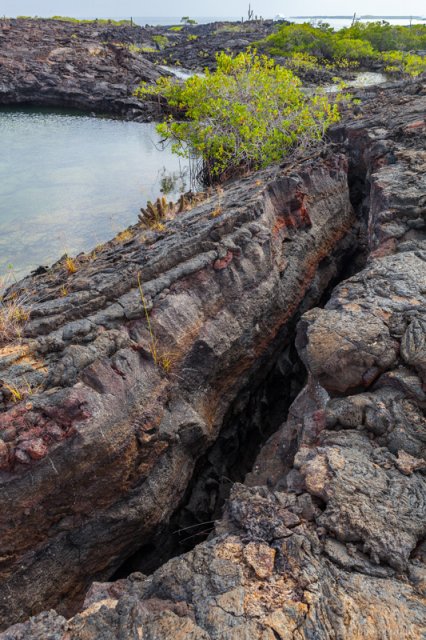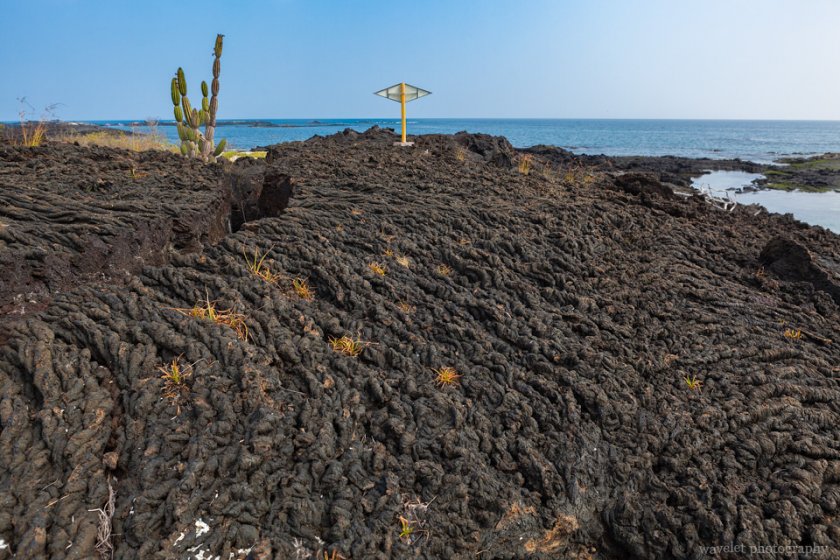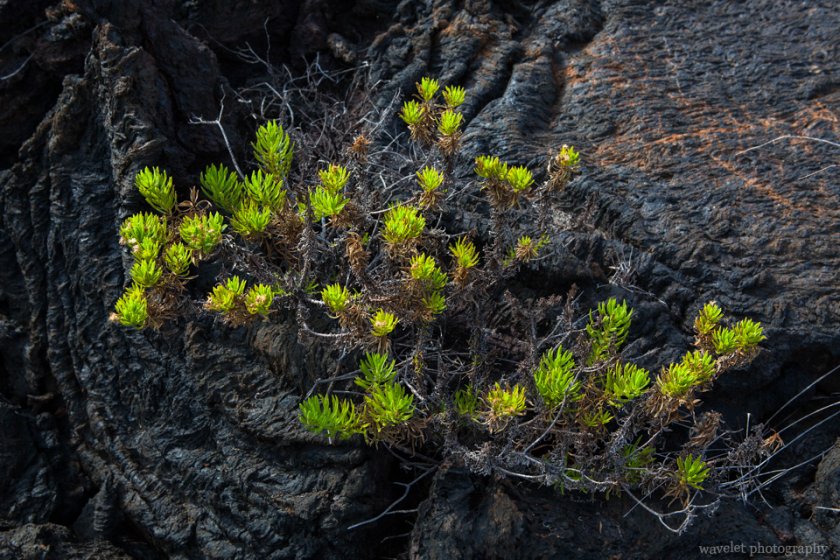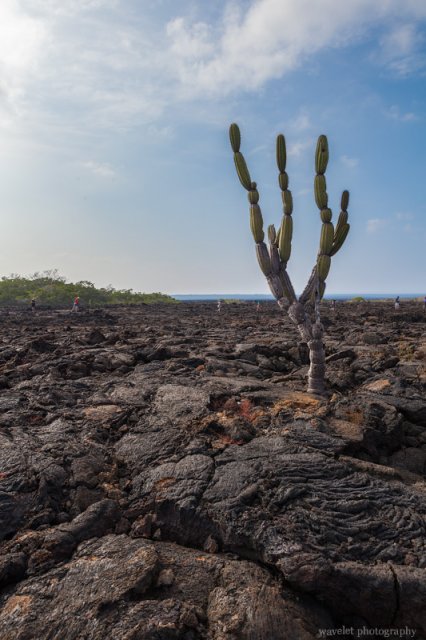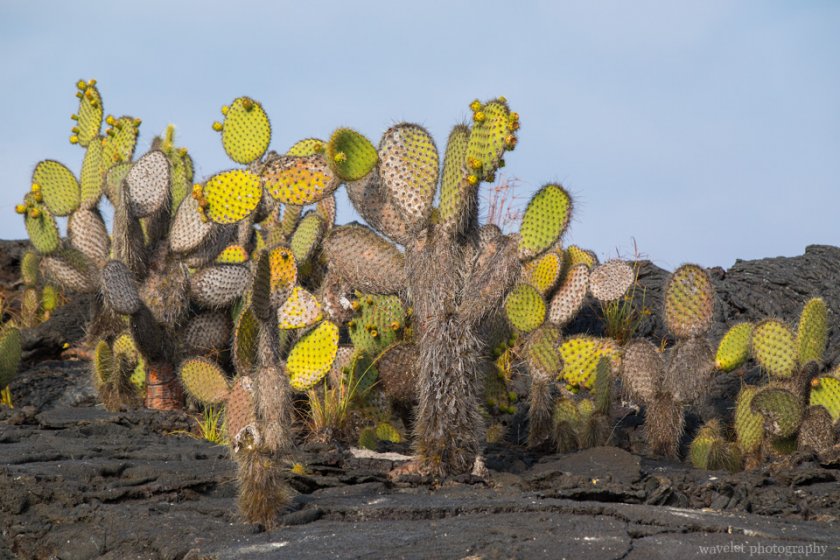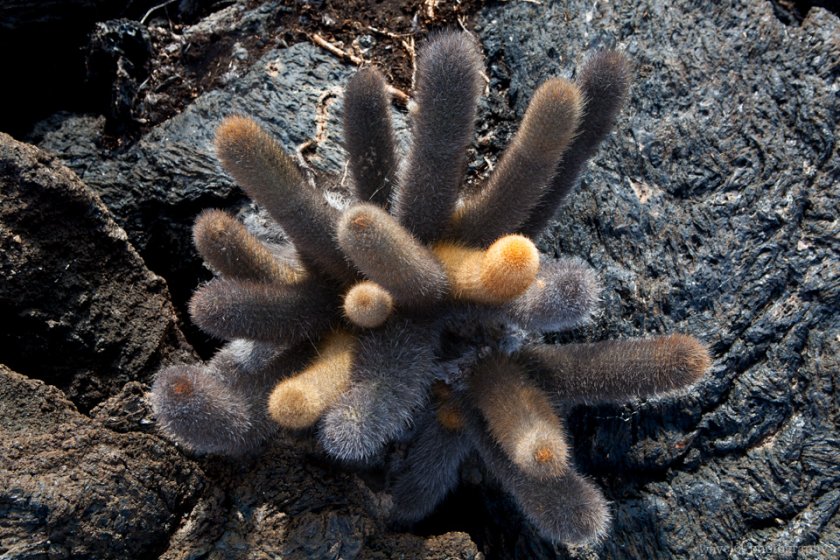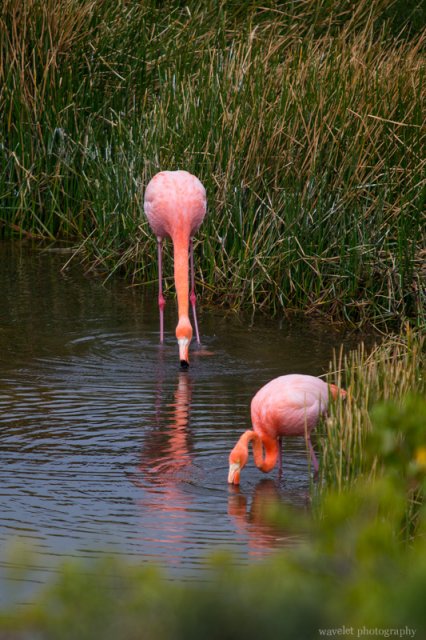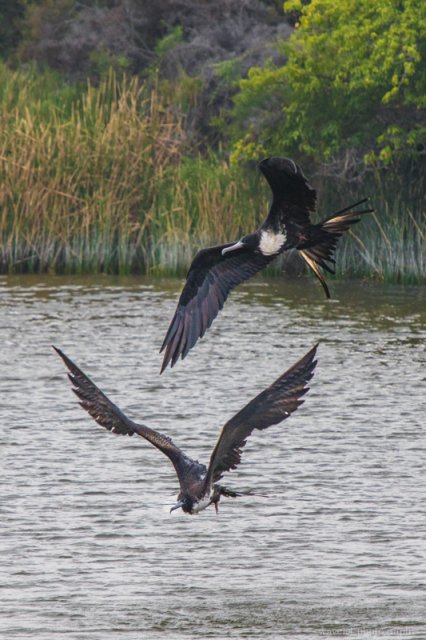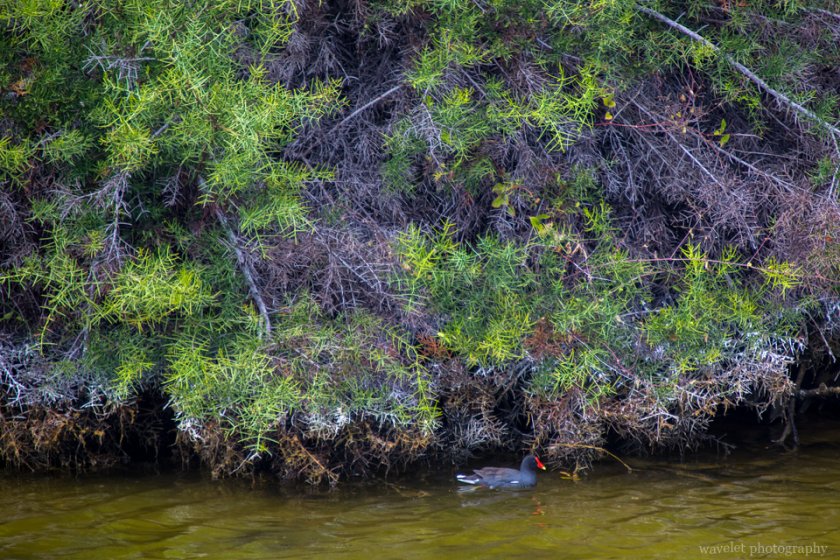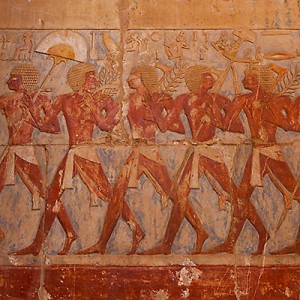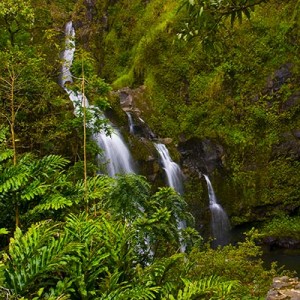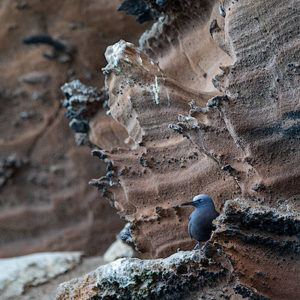2019.6.30
From Santa Cruz Island to Isabela and Fernandina islands, we had to sail out of the area surrounded by the archipelago to the outer sea, where the wind and waves are stronger. Our boat was much smaller than the one in Antarctica, so it felt very bumpy on the rough water. Fortunately, we took anti-seasickness medication first and slept through the night.
The next morning we woke up to calm seas and the yacht was anchored on the west side of Isabela Island. Our yacht has four levels, with the crew cabins, galley and machinery room at the bottom. Visitors live on the first level, which is also the main public area and dining room. The second level is the cockpit, high-end guest rooms and open space where meals can be served when the sea is calm. The top floor is the observation deck with sofas and loungers.
Isabela Island is the largest island in the archipelago, shaped like a seahorse, formed by six volcanic eruptions that connect the land. Five of the six volcanoes are active, including Sierra Negra, the largest of all the Galapagos Islands volcanoes, with a crater nine kilometers in diameter. It was actually erupting while we were there, but it would take a few days more before the lava would spew out. Isabela has permanent residents, mostly in Puerto Villamil on the south coast, and land-based visitors often stay overnight in Puerto Villamil to participate in the island’s various activities, including climbing of Sierra Negra volcano.
Marco wrote the daily itinerary on a whiteboard. The morning activity was hiking on the island, followed by snorkeling. The place we boarded was Punta Moreno, located on the south side of Isabela Island, at the tail of the seahorse.
Before going ashore, we saw one of the most famous animal of Galápagos, the marine iguana. They like to gather by the dozens or hundreds when they are sunbathing on the rocks, crowding together and stepping on with each other. Perhaps because humans have never posed a threat to them, marine iguanas are not afraid of people. Even we walked by closely, they seemed paying no attention and do not move at all.
Punta Moreno’s landing site is a great place to observe a variety of seabirds. Just as we were about to dock, a black and white figure appeared on a reef near the shore. While most penguins live in or near the Antarctic, Galápagos penguins can survive near the equator because the cold current from Peru and the Cromwell Current below the surface of the ocean meet here, where the water temperature is much cooler than in other equatorial regions. The size of Galápagos penguins are less than 50 cm. Only the Little Penguin, which lives on the south coast of Australia and New Zealand, is smaller than them.
On the volcanic rocks by the shore, we see another bird endemic to the Galápagos Islands, the Flightless Cormorant. The Flightless Cormorant lives on the west coast of Fernandina and Isabela islands, feeding on small fish and octopus and rarely leaving the shore. Because they have adapted to feeding on fish in the sea, their wings are slowly degenerating and the keel that support the flapping of their wings are getting smaller and smaller. They are no longer able to fly, but they have become good divers.
Punta Moreno is a large area of volcanic lava field dotted by lagoons. Most of the vegetation is concentrated in the mangroves along the sea and areas around the lagoons.
The volcanic rocks of the Galápagos Islands are rich in basalt. Instead of explosions of gas and ash high into the sky, eruptions tend to discharge molten lava flowing slowly, much like the volcanoes of Hawaii. There are two main forms of lava flow. The faster flowing lava is called ‘a’a (hurt), which forms a jagged rocks as it cools; the other type of lava flow, pahoehoe (ropy), moves much more slowly and cools to a relatively smooth surface with a twisted texture, hence the name “ropy”. Lava field in Punta Moreno are mostly of ‘a’a type. There are sharply edged volcanic rocks everywhere, so you have to be extra careful when walking.
The barren lava fields have no water to support anything, but there are always plants that have managed to take root among the volcanic rocks. All three species of cactus unique to Galápagos can be found in Punta Moreno. Little by little they change the composition of the soil, and over time, when water is available, large areas of vegetations will grow here.
As we walked among the dry lava, Marco explained the landscape, flora and fauna of the surrounding area. The occasional lagoons not only support water plants and shrubs, but also provide a place for birds to enjoy. We found two pairs of flamingos in one of the larger lagoons. The flamingos in Galápagos are small and not very numerous. From March to July is the breeding season and it is easier to spot them at such lagoons.
